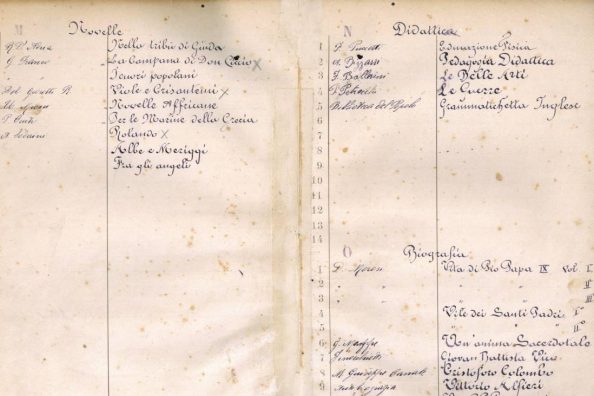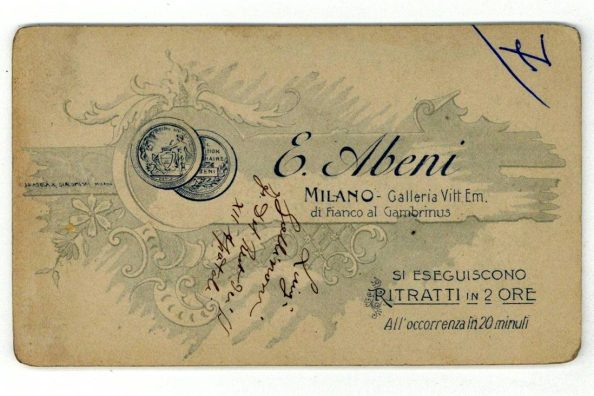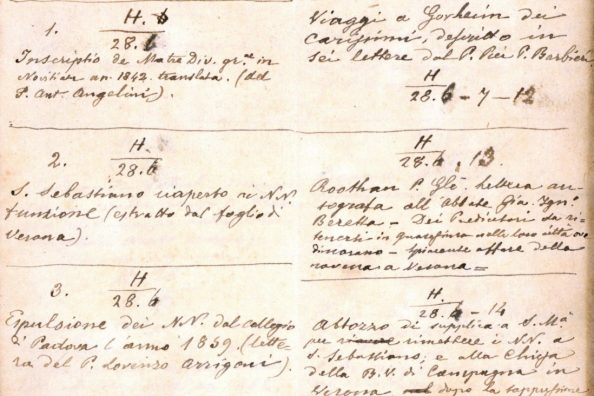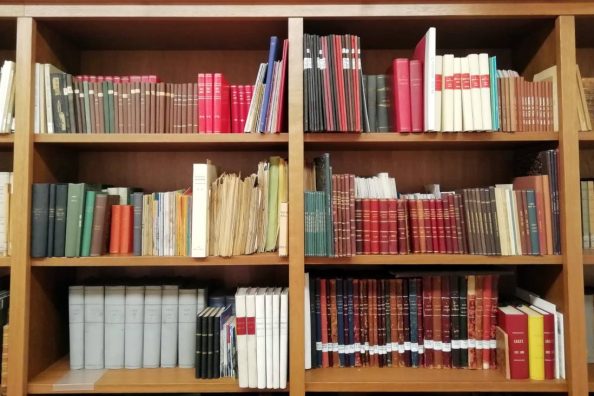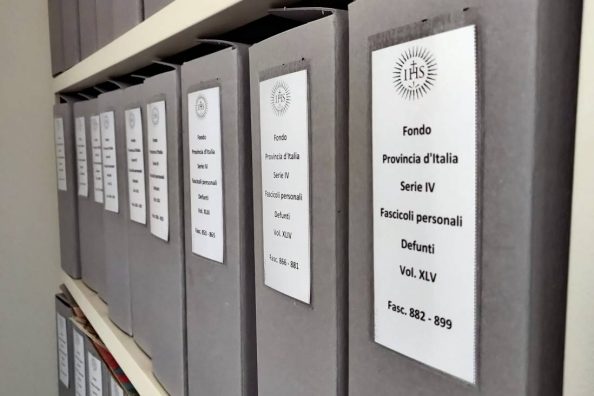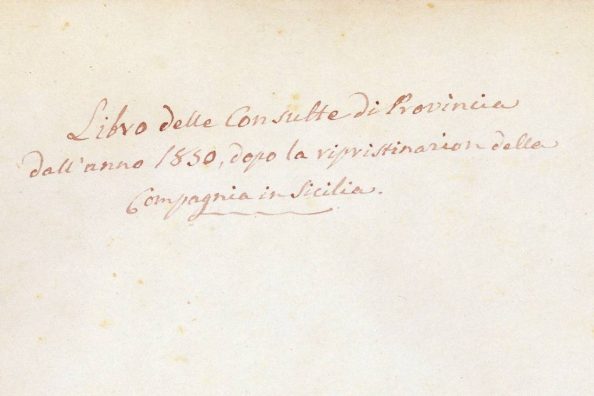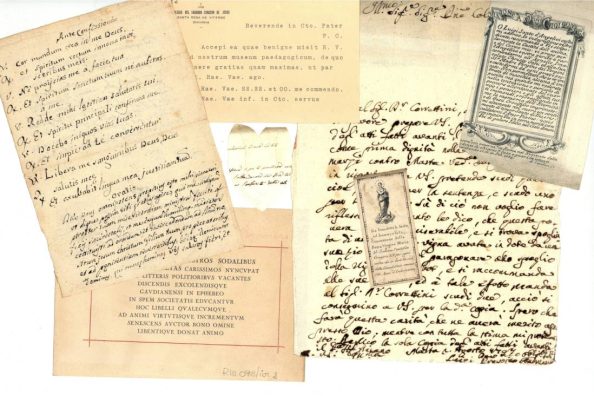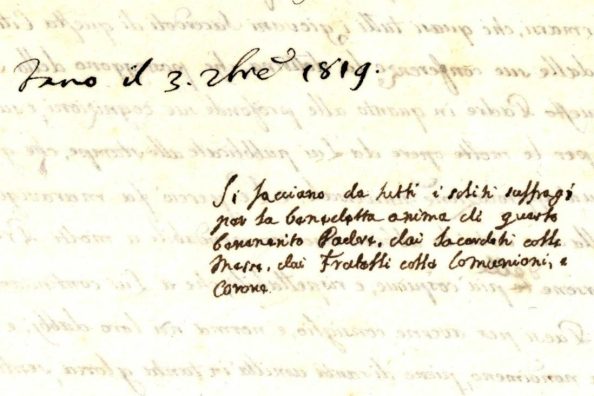The forerunners of school apron and cassock
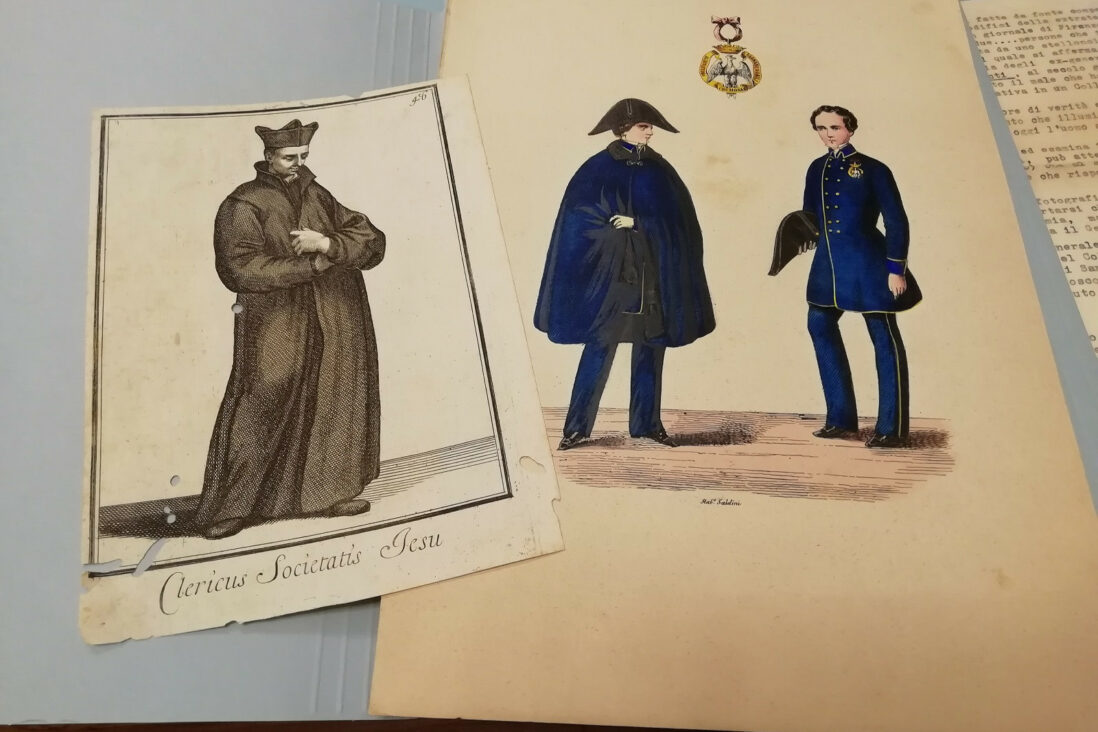
Usually in public kindergartens and primary schools the apron is worn, in private ones the uniform. What was the rule in Jesuit schools?
Even in the schools of the Society of Jesus, a specific outfit was prescribed for the boarders, who by regulation also had to have their own outfit consisting of bed linen, but above all socks, cloak, trousers for Sundays and ceremonies and those for school, shirts, jackets. On each garment was sewn the number that was given to each pupil at the time of enrolment, to avoid mixing up the clothes during washing. For tears, mending and replacements there was always a brother tailor, an indispensable point of reference for boarding school boarders and in charge of the wardrobe.
The uniform was not the same for all boarding schools and could change over time, though not as quickly as the style and fashion of women’s and men’s clothes in society.
We talked about this in a previous column, focusing on the case of the uniform of the boarders of Rome in the Collegio dei Nobili. On that occasion we were unable to give an account of what the ancient uniform was, as we have no pictures or drawings, but today we can admire that of another college of the Society of Jesus.
The photo shows a colour drawing of the uniform of the Fagnani College in Cremona, in two versions: the one for school and the one for going out, equipped with a cloak to shelter from the wind and rain. This uniform was in force in the first half of the 19th century, as the Fagnani College was closed with the Unification of Italy; at the end of the 1870s, the Company opened another, the Vida College, in the same city. In this case the uniform is bright blue.
Our column has also dealt in the past with how a Jesuit dressed. Unlike other orders such as the Franciscans or Dominicans, whose religious habit strongly connotes them and makes them easily recognisable, the Jesuits do not have and did not have a specific habit.
Today we are able to show you a picture of what the cassock worn by the Jesuits in the past was like, and very similar to that of the secular clergy; the drawing was preserved among the papers of the Neapolitan Province Fund.
The cassock ‘survived’ in the wardrobes of the residences, which the brothers were in charge of, until around the 1960s, over the following decades it was worn less and less.
Maria Macchi

